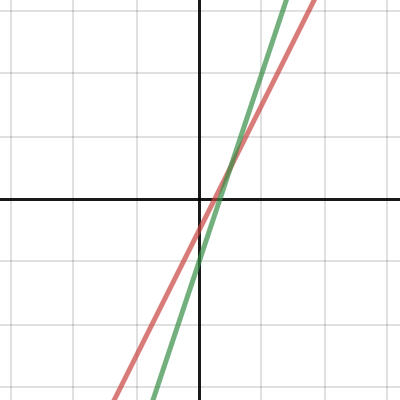DualDog321
New member
- Joined
- Jan 31, 2020
- Messages
- 9
I generally struggle with these parameter problems. By "one unique solution," I know it mean that the lines would intersect at one point and no real numbers work for both of the equations. So far, I have tried putting the equations into slope-intercept form, but I am not sure what to do from there.
Thanks!

